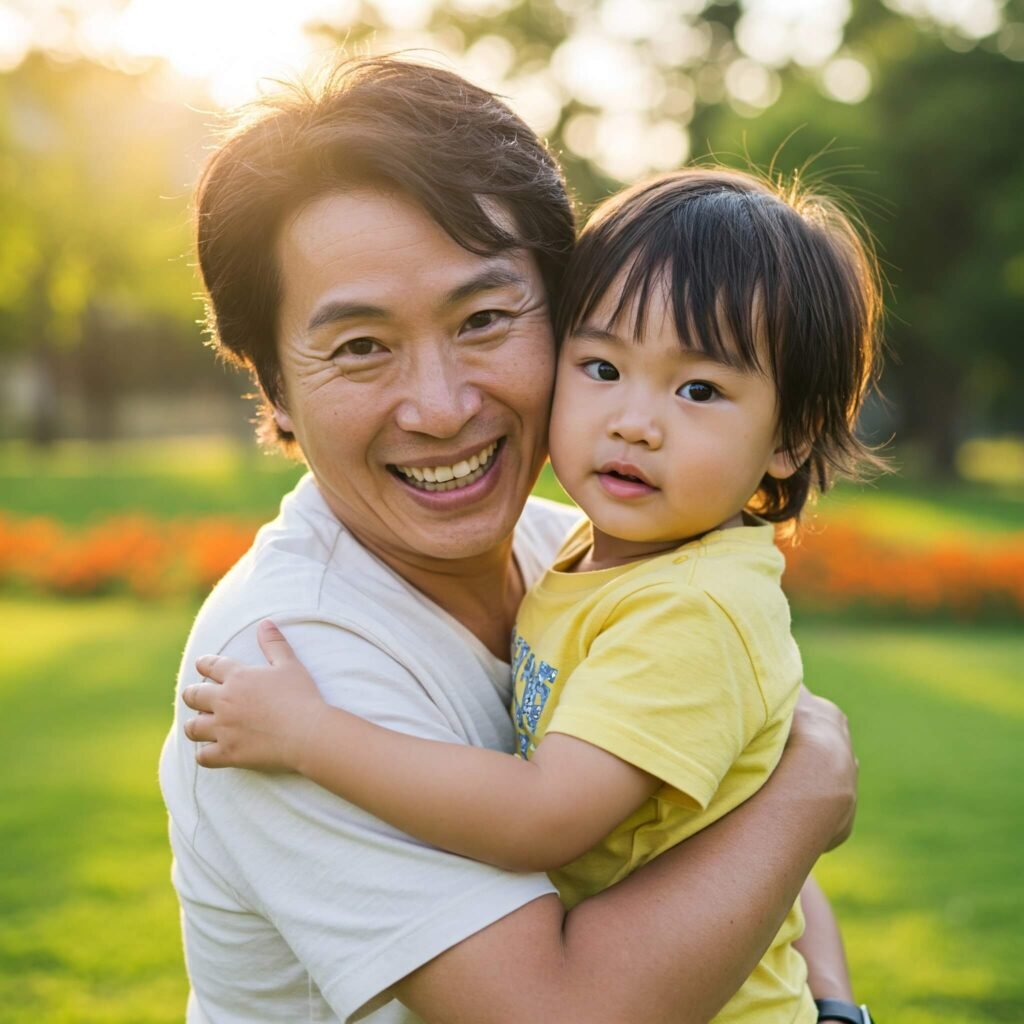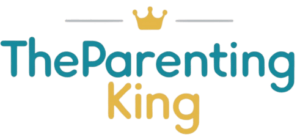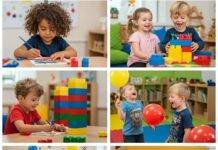We’ve all been there. That moment when frustration boils over, and our voice rises in a way we instantly regret. But what if I told you that learning how to discipline without yelling isn’t just a pipe dream? It’s a tangible skill you can develop, leading to calmer households and more connected relationships with your children. This guide will equip you with practical strategies to navigate challenging behaviors with patience and understanding, proving that how to discipline without yelling is not only possible but also more effective.
Understanding the Urge to Yell (H2)
Before we explore solutions for how to discipline without yelling, let’s acknowledge why we do it. Yelling often stems from feeling overwhelmed, unheard, or simply unsure of what else to do in the heat of the moment. It can feel like an immediate way to stop unwanted behavior, but its long-term effects can be damaging to a child’s self-esteem and your connection with them. Understanding these triggers is the first step in learning how to discipline without yelling.
- Triggers: Identify what situations or behaviors most often lead to you raising your voice. Is it repeated defiance, sibling squabbles, or feeling rushed?
- Emotional Regulation: Recognize your own emotional state. Are you already stressed, tired, or feeling impatient? Addressing your own needs can significantly impact your ability to respond calmly.
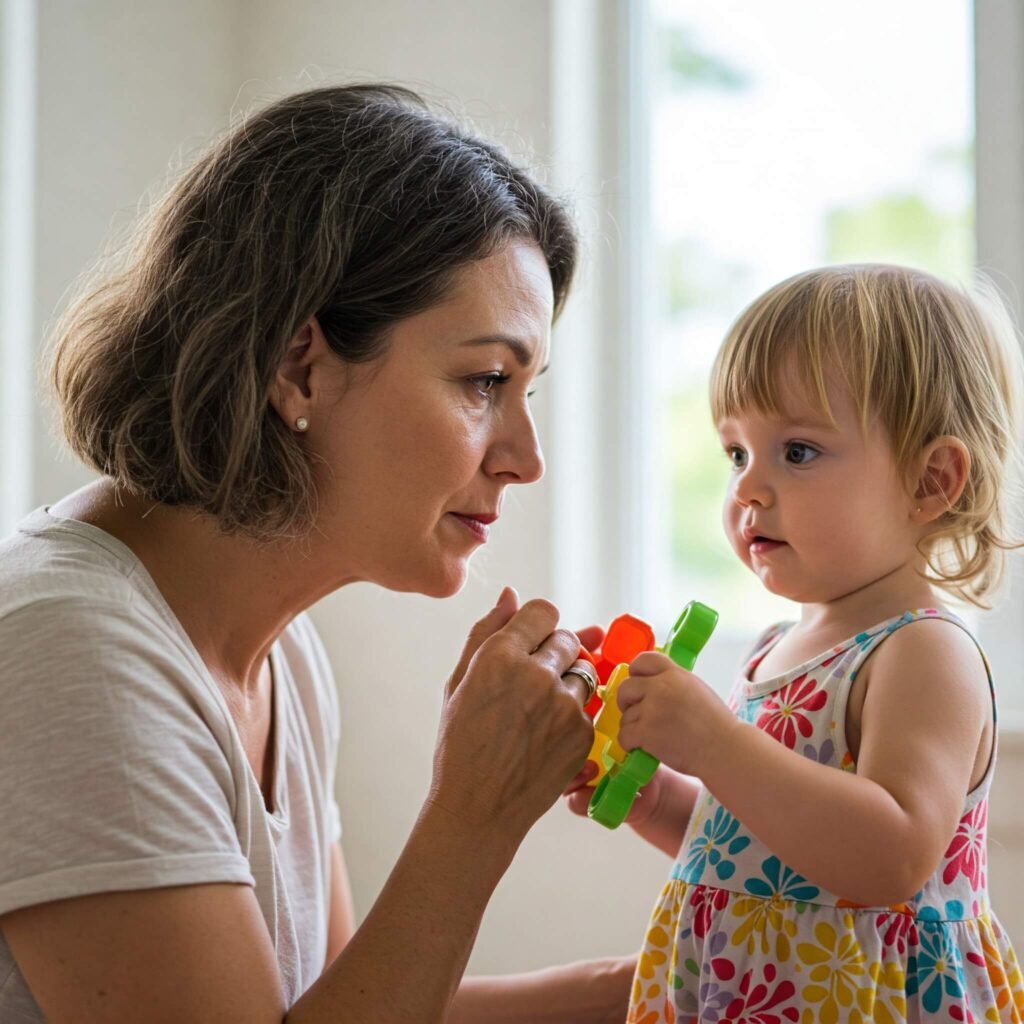
Powerful Alternatives: How to Discipline Without Raising Your Voice (H2)
The good news is that there are numerous effective ways to guide your children’s behavior without resorting to yelling. Mastering how to discipline without yelling involves a shift in approach and the adoption of proactive and responsive techniques.
Proactive Strategies (H3)
These strategies focus on preventing misbehavior before it starts, making how to discipline without yelling a more attainable goal.
- Clear Expectations and Boundaries: Children thrive on knowing what is expected of them. Clearly communicate rules and consequences in a calm and age-appropriate manner.
- Positive Reinforcement: Focus on acknowledging and praising positive behaviors. This encourages repetition and builds a positive atmosphere. For example, say, “I really appreciate how you helped your sister clean up.” (Learn more about positive reinforcement from resources like Child Mind Institute).
- Teaching Problem-Solving Skills: Equip your children with the tools to resolve conflicts and make better choices. Guide them through finding solutions instead of simply telling them what to do.
Responsive Strategies (H3)
When misbehavior does occur, these techniques will help you address it effectively without yelling, demonstrating practical ways for how to discipline without yelling.
- Stay Calm: This is crucial, even when it feels challenging. Take a deep breath before responding. Your calm demeanor can de-escalate the situation.
- Active Listening: Truly hear what your child is saying (and not saying). Sometimes, misbehavior is a sign of unmet needs or feelings.
- Natural and Logical Consequences: Consequences should be related to the misbehavior and help your child understand the impact of their actions. For instance, if they throw a toy, they might have to put it away for a while. (Explore more about effective consequences at Positive Parenting Solutions).
- Time-In, Not Time-Out: Instead of isolating your child, offer a “time-in” where you stay with them to help them process their emotions and behavior. This fosters connection and teaches emotional regulation, a key aspect of how to discipline without yelling.
- Use a Calm Voice: Lowering your voice can actually be more effective than raising it. It can signal that you are serious and require their attention.
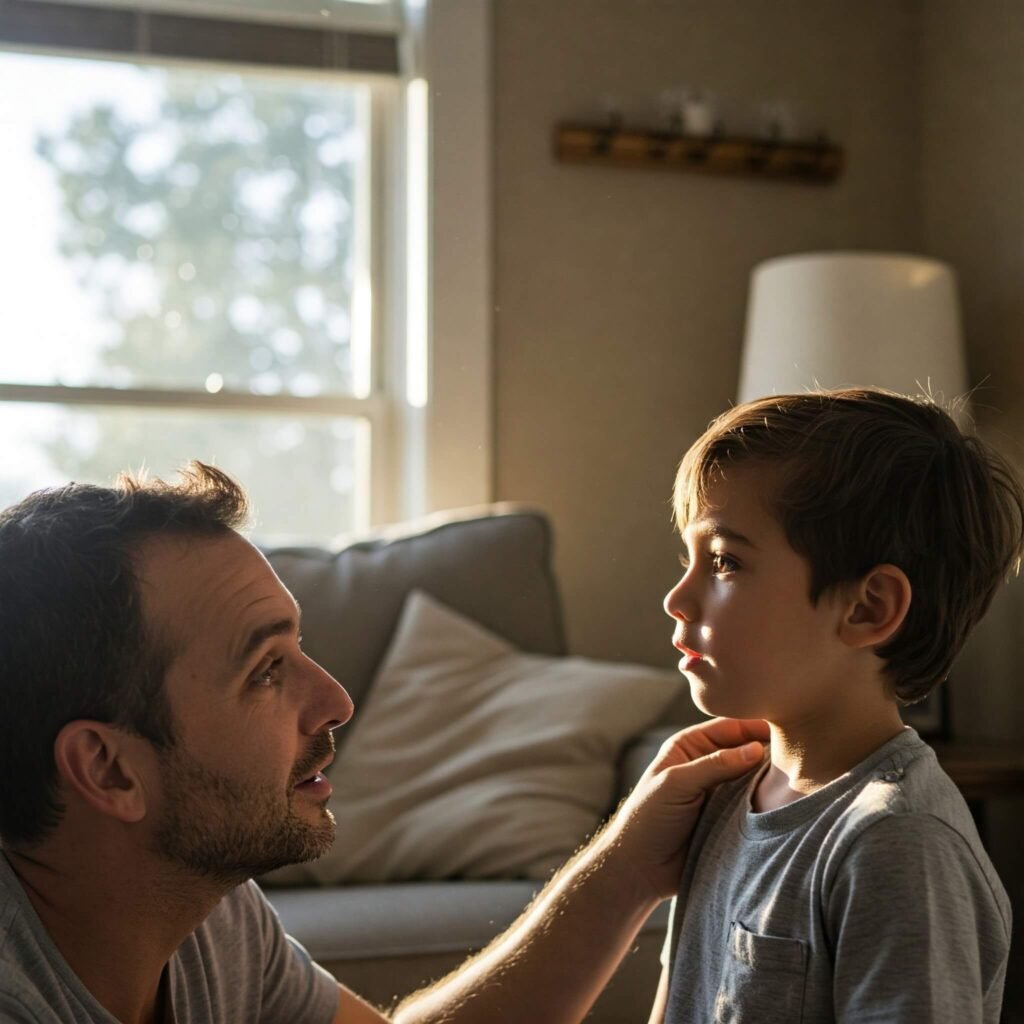
The Long-Term Benefits of Disciplining Without Yelling (H2)
Choosing to learn how to discipline without yelling yields significant long-term benefits for both you and your children.
- Stronger Parent-Child Relationships: Calm and respectful communication builds trust and strengthens your bond.
- Improved Emotional Regulation in Children: When you model calm behavior, your children are more likely to develop their own emotional regulation skills.
- Increased Cooperation: Children are more likely to cooperate when they feel heard and respected, making the need to yell diminish.
- Reduced Stress for Parents: Disciplining without yelling creates a more peaceful and harmonious home environment, reducing parental stress.
